
how to get rid of dog tooth decay
how to get rid of dog tooth decay? Imagine this: You’re playing fetch with your 3-year-old Lab in a Florida backyard, and when he drops the ball, you notice a dark spot on his back molar
Do dog dental chews help with bad breath? If you’ve ever leaned in for a snuggle with your pup, only to recoil from a cloud of stinky breath that smells like old socks and wet dirt, you’re not alone. Bad breath in dogs—vets call it halitosis—isn’t just a nuisance; it’s often a sign of gunk buildup in their mouths. But those brightly colored dental chews lining pet store shelves? Do they actually make a difference, or are they just fancy treats?
Let’s get to the root of the stench. Most doggy bad breath starts with bacteria. When food particles get trapped between teeth or along the gum line, bacteria feast on them, releasing stinky gases. Over time, this gunk hardens into tartar, which makes the smell worse and can lead to gum disease. Dental chews work in two ways: first, their texture—firm but not rock-hard—scrapes off loose food and plaque as your dog chews, like a tiny scrub brush. Second, many are infused with ingredients like chlorhexidine or enzymes that kill bacteria, slowing down that smelly breakdown process. It’s like using mouthwash and floss in one treat—handy, but not a miracle.
So, how do you pick the right one? Look for the VOHC seal (Veterinary Oral Health Council)—it means the chew has been tested and proven to reduce plaque or tartar, which directly cuts down on bad breath. Avoid chews that are too soft (they melt without scrubbing) or too hard (they can crack teeth). A friend in Seattle has a Pug with legendary bad breath; after switching to a VOHC-approved chicken-flavored chew, given once daily, her vet noticed less tartar at the next checkup, and the stench? Cut in half. But here’s the catch: chews aren’t a replacement for brushing. Even the best chew misses the tight spots between teeth, so pair them with a weekly brush using dog-specific toothpaste (never human stuff—mint irritates their stomachs).
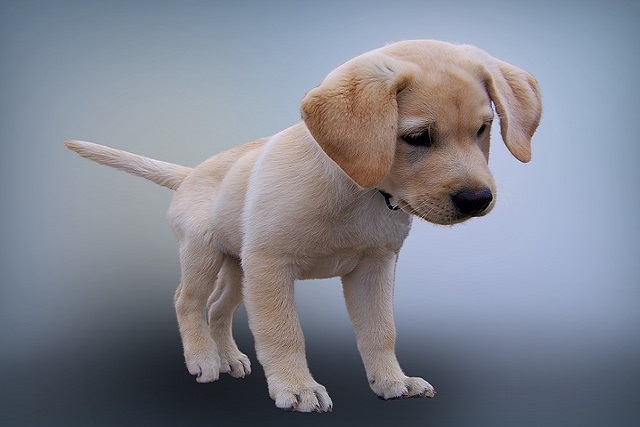
Now, let’s tie this to life as a U.S. dog owner. Legally, keep those vaccines current—rabies shots are required in all 50 states, and many vets won’t do dental exams without proof. When out walking, always pack poop bags; cities like Boston fine up to $300 for leaving messes, and a chew-fueled pup might need more frequent potty breaks. Culturally, never scold your dog for bad breath—they can’t help it! Instead, turn chew time into a positive ritual: “Good job keeping those teeth fresh!” as they gnaw. In apartments, give chews over a mat to catch crumbs—no one wants sticky bits in the carpet. For community walks, tuck a chew in your pocket as a reward when they greet other dogs calmly—good manners and fresh breath? Win-win.
Remember, if the breath smells like rotting meat or urine, it could signal bigger issues (like kidney problems)—see the vet. But for everyday stinky breath, the right chew can help. That Seattle Pug? His owner now calls his kisses “bearable”—high praise, coming from someone who once kept a mint in her pocket during cuddles. With the right tools and consistency, your pup’s breath can go from “yikes” to “okay, maybe one more snuggle.”

how to get rid of dog tooth decay? Imagine this: You’re playing fetch with your 3-year-old Lab in a Florida backyard, and when he drops the ball, you notice a dark spot on his back molar
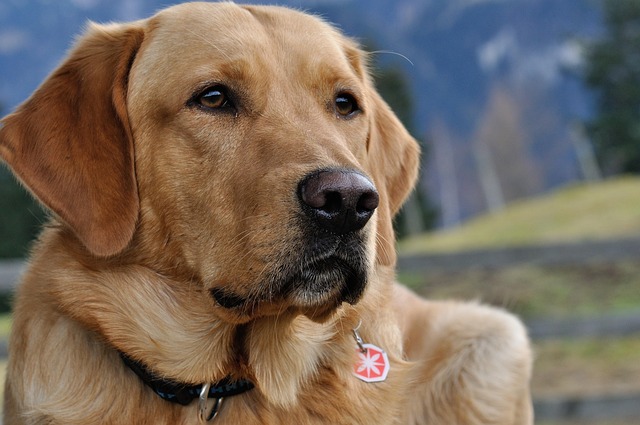
What are the side effects of dog dental powder? Picture this: You’re a new dog parent in Austin, Texas, excited to tackle your Beagle’s stinky breath.
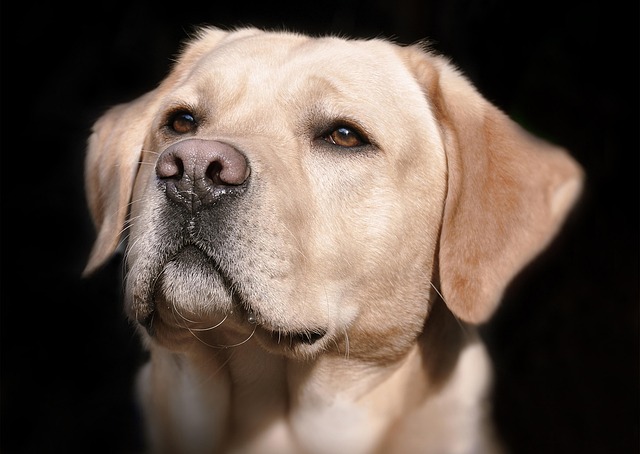
Do dental powders really work for dogs? It’s a question that might cross your mind while standing in the pet supply aisle of a suburban Ohio grocery store

If you've ever tried to give your dog eye drops, you know the drill: the way your pup tenses up, ears back, as if the little bottle in your hand is a tiny monster. It's a common struggle for new pet parents—no shame in admitting it.
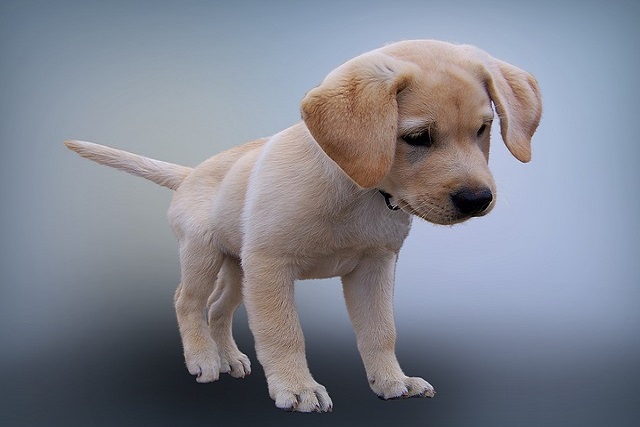
Do dog dental chews help with bad breath? If you’ve ever leaned in for a snuggle with your pup, only to recoil from a cloud of stinky breath that smells like old socks and wet dirt
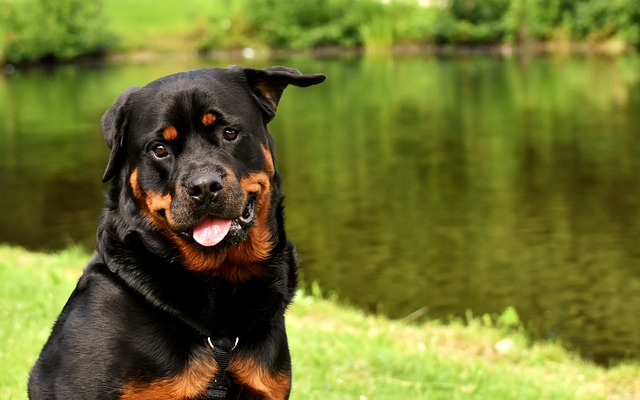
You’ve seen those ads – your pup happily crunching a biscuit while magically achieving sparkling teeth. It sounds almost too good to be true, right?